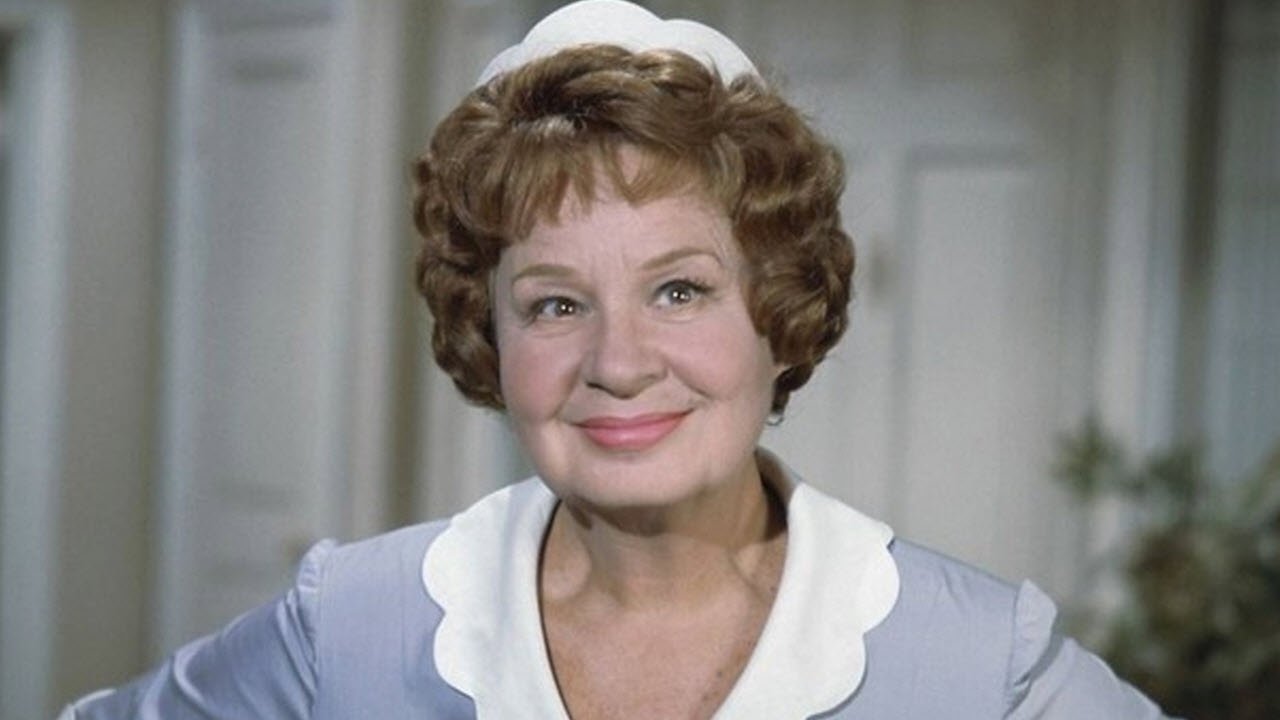

CBS
Featured Show:
Hazel
Hazel is an American sitcom about a fictional live-in maid named Hazel Burke and her employers, the Baxters. The five-season, 154-episode series aired in primetime from September 28, 1961 until April 11, 1966 and was produced by Screen Gems. The show aired on NBC for its first four seasons, and then on CBS for its final season. The first season, except for one color episode was in black and white, the remainder in color. The show was based on the popular single-panel comic strip by cartoonist Ted Key, which appeared in the Saturday Evening Post.
CBS TV Shows
1437 shows • Page 55 of 72
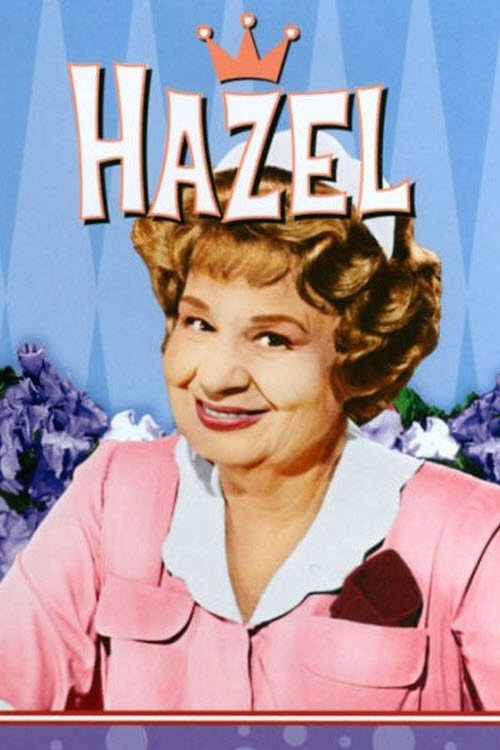
Hazel
Hazel is an American sitcom about a fictional live-in maid named Hazel Burke and her employers, the Baxters. The five-season, 154-episode series aired in primetime from September 28, 1961 until April 11, 1966 and was produced by Screen Gems. The show aired on NBC for its first four seasons, and then on CBS for its final season. The first season, except for one color episode was in black and white, the remainder in color. The show was based on the popular single-panel comic strip by cartoonist Ted Key, which appeared in the Saturday Evening Post.
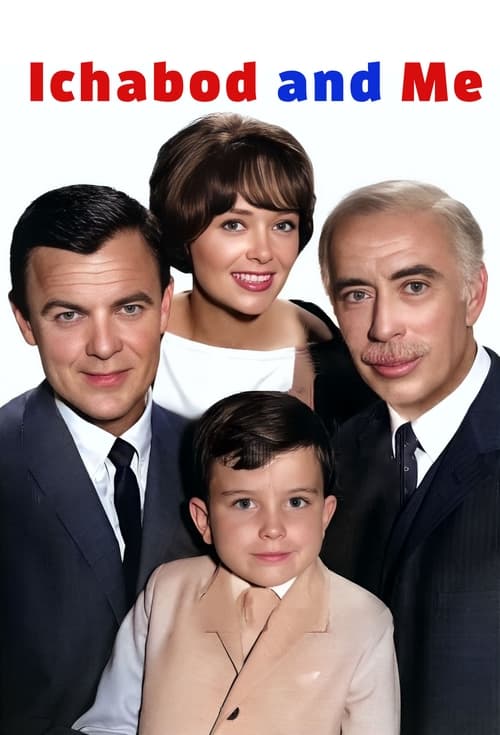
Ichabod and Me
Ichabod and Me is a 36-episode American situation comedy series set in a small New England town and starring Robert Sterling and George Chandler. It aired on CBS from September 26, 1961, to June 5, 1962, and was produced by Joe Connelly and Bob Mosher, in association with Jack Benny's "JaMco Productions". Photos are not of George Chandler or Robert Sterling; Leon Ames is one of those pictured.

The Joey Bishop Show
The Joey Bishop Show is an American sitcom starring entertainer Joey Bishop. The series premiered in September 1961 on NBC where it aired for three seasons. The series then moved to CBS for its final season. Executive produced by Danny Thomas, The Joey Bishop Show is a spin-off of Thomas' series The Danny Thomas Show.
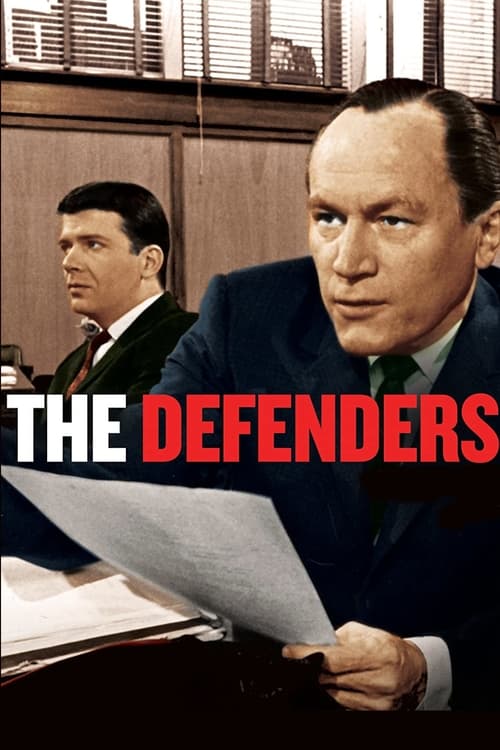
The Defenders
The Defenders is an American courtroom drama series . It starred E. G. Marshall and Robert Reed as father-and-son defense attorneys who specialized in legally complex cases, with defendants such as neo-Nazis, conscientious objectors, civil rights demonstrators, a schoolteacher fired for being an atheist, an author accused of pornography, and a physician charged in a mercy killing.
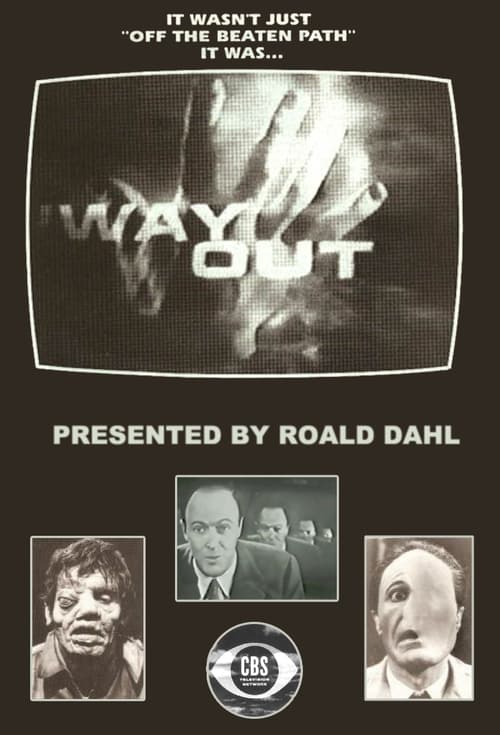
Way Out
Way Out was a 1961 fantasy and science fiction television anthology series hosted by writer Roald Dahl. The macabre 25-minute shows were introduced by Dahl's dry delivery of a brief introductory monologue, sometimes explaining a method of murdering a spouse without getting caught. The taped series began because CBS suddenly needed a replacement for a Jackie Gleason talk show that network executives were about to cancel, and producer David Susskind contacted Dahl to help mount a show quickly. The series was paired by the network with the similar The Twilight Zone for Friday evening broadcasts, running from March through July 1961 at 9:30 p.m. Eastern time, under the primary sponsorship of Liggett & Myers. Writers included Philip H. Reisman, Jr. and Sumner Locke Elliott. The premiere episode, "William and Mary", adapted from a Roald Dahl short story, told of a wife getting revenge on her husband. In "Dissolve to Black", an actress cast as a murder victim at a television studio goes through a rehearsal, but the drama merges with reality as she finds herself trapped on the show's near-deserted set. Other dramas offered startling imagery: a snake slithering up a carpeted staircase inside a suburban home, a disembodied brain in a jar, a headless woman strapped to an electric chair, with a light bulb in place of her head and half of a man's face erased.

Gunslinger
Gunslinger was a Western television series starring Tony Young that aired on the CBS television network from February 9 until May 18, 1961 on Thursdays from 9 to 10 p.m. EST. The series theme song was sung by Frankie Laine. Young played Cord, a young gunfighter who works undercover for the local army garrison commander, acting as a secret law enforcement agent in the territory. The series lasted for only twelve episodes. Gunslinger was the successor to Dick Powell's Zane Grey Theater.

Snagglepuss
Despite being a mountain lion, Snagglepuss is a rather sophisticated individual who merely seeks to better himself and his living situation. He lives in a damp and dark cavern, which isn’t too comfortable for someone of his standing. Unfortunately for him, life isn’t always fair for a mountain lion and he has to constantly ward off hunters, and some people refuse to talk to him because they’re afraid that he’ll eat them, not that he would do such a thing. Through it all, Snagglepuss’ life is one bizarre twist after another, and even though he’s a swell guy, the civilized world seldom wants anything to do with him.
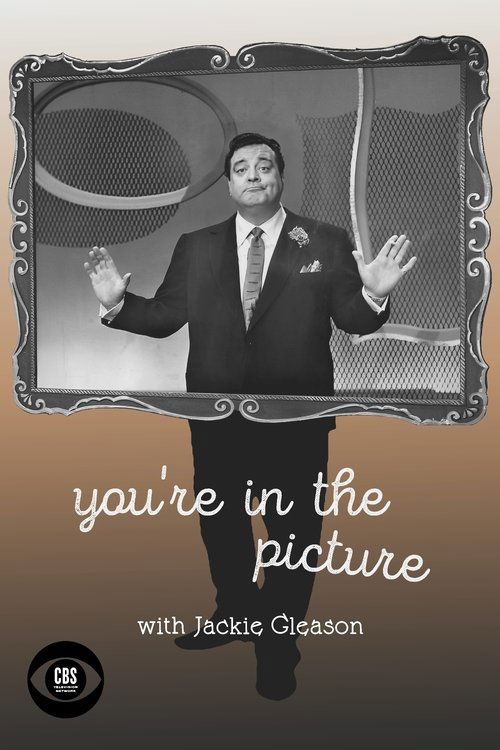 0
0You're in the Picture
You're in the Picture is an American television game show that aired on CBS for only one episode on Friday, January 20, 1961 at 9:30pm, the evening of the Inauguration of John F. Kennedy. The show, created by Don Lipp and Bob Synes, was an attempt by its host and star Jackie Gleason to "demonstrate versatility" after his success within variety shows and The Honeymooners. Gleason was joined by Johnny Olson as announcer and Dennis James doing live commercials for sponsor Kellogg's cereals. Technically, the show could be said to have run for two episodes, since the following Friday, Gleason appeared at the same time, but in a studio "stripped to the brick walls" and using the time to give what Time magazine called an "inspiring post-mortem", asking rhetorically "how it was possible for a group of trained people to put on so big a flop." Time later cited You're in the Picture as one piece of evidence that the 1960-61 TV season was the "worst in the 13-year history of U.S. network television."

Mister Ed
Wilbur Post and his wife Carol move into a beautiful new home. When Wilbur takes a look in his new barn, he finds that the former owner left his horse behind. This horse is no ordinary horse . . . he can talk, but only to Wilbur, which leads to all sorts of misadventures for Wilbur and his trouble-making sidekick Mister Ed.

CBS Evening News
The CBS Evening News is the flagship daily evening television news program of CBS News, the news division of the CBS television network in the United States. The network has broadcast the program since 1948, and has used the CBS Evening News title since 1963.
 0
0Bringing Up Buddy
Bringing Up Buddy is an American situation comedy which aired on CBS during the 1960–1961 season.
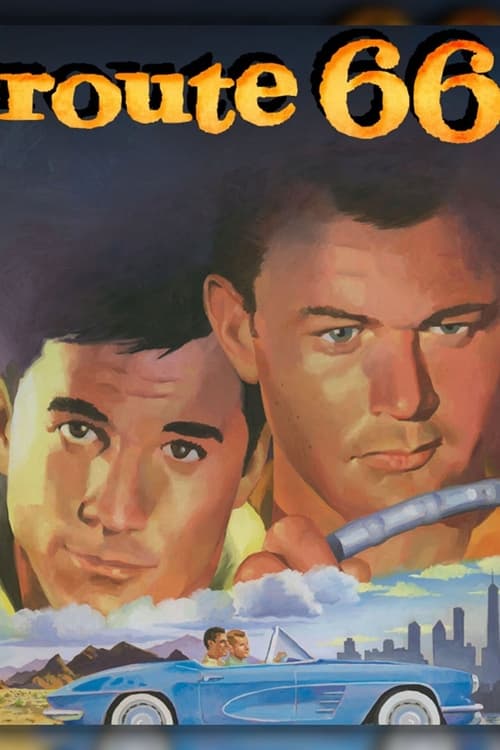
Route 66
After discovering that his late father has gone through most of the family fortune, Tod Stiles hits the title trans-America highway in his Corvette in search of adventure with friend Buz Murdock, a survivor of New York's mean streets. The two work odd jobs as they meet and interact with colorful characters and find themselves plunged into one situation after another, some of them romantic, some of them very dangerous. Later, Linc Case, a Vietnam war hero trying to find himself, takes over as Tod's travel companion.

Angel
Angel is an American sitcom that aired on CBS during the 1960–1961 television season. The series was created and executive produced by Jess Oppenheimer, and stars Annie Fargé as the title character.
 0
0My Sister Eileen
My Sister Eileen is an American situation comedy based on a series of autobiographical short stories by Ruth McKenney originally published in The New Yorker, as well as the 1940 play and 1942 and 1955 film adaptations they inspired. The series premiered at 9:00pm ET/PT on CBS on October 15, 1960 and ran for one season of 26 episodes, the last of which was telecast on April 12, 1961. It aired opposite Hawaiian Eye on ABC and Perry Como's Kraft Music Hall on NBC.
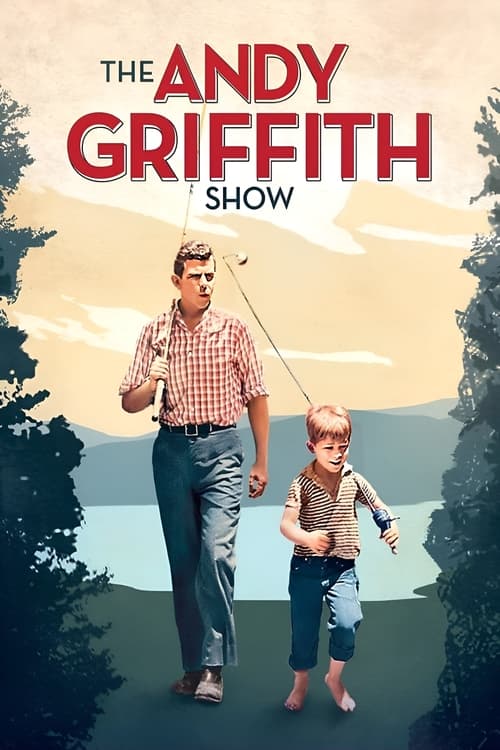
The Andy Griffith Show
The Andy Griffith Show is an American sitcom first televised on CBS between October 3, 1960 and April 1, 1968. Andy Griffith portrays the widowed sheriff of the fictional small community of Mayberry, North Carolina. His life is complicated by an inept, but well-meaning deputy, Barney Fife, a spinster aunt and housekeeper, Aunt Bee, and a precocious young son, Opie. Local ne'er-do-wells, bumbling pals, and temperamental girlfriends further complicate his life. Andy Griffith stated in a Today Show interview, with respect to the time period of the show: "Well, though we never said it, and though it was shot in the '60s, it had a feeling of the '30s. It was when we were doing it, of a time gone by." The series never placed lower than seventh in the Nielsen ratings and ended its final season at number one. It has been ranked by TV Guide as the 9th-best show in American television history. Though neither Griffith nor the show won awards during its eight-season run, series co-stars Knotts and Bavier accumulated a combined total of six Emmy Awards. The show, a semi-spin-off from an episode of The Danny Thomas Show titled "Danny Meets Andy Griffith", spawned its own spin-off series, Gomer Pyle, U.S.M.C., a sequel series, Mayberry R.F.D., and a reunion telemovie, Return to Mayberry. The show's enduring popularity has generated a good deal of show-related merchandise. Reruns currently air on TV Land, and the complete series is available on DVD. All eight seasons are also now available by streaming video services such as Netflix.
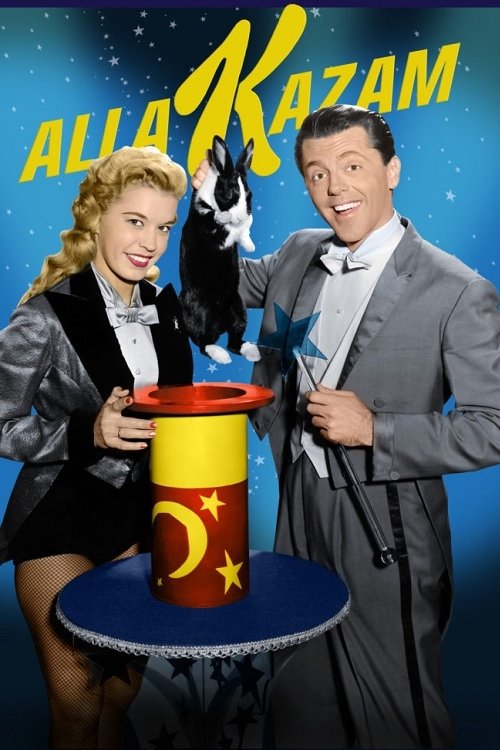 0
0The Magic Land of Allakazam
The Magic Land of Allakazam was the name of a groundbreaking series of network television shows featuring American magician Mark Wilson. It ran from 1960 to 1964 and is credited with establishing the credibility of magic as a television entertainment.
 0
0The Witness
The Witness is an American television show broadcast on the CBS network in the United States within the 1960-61 television season, in which a fictional "Committee" of lawyers cross-examined actors portraying actual people from the recent past of the United States who had been considered criminal or suspicious.

My Three Sons
A widower and aeronautical engineer named Steven Douglas raises three sons with the help of his father-in-law, and later the boys' great-uncle. An adopted son, a stepdaughter, wives, and another generation of sons join the loving family in later seasons.
 0
0The Tom Ewell Show
The Tom Ewell Show is an American television situation comedy that aired on CBS during the 1960-61 television season.
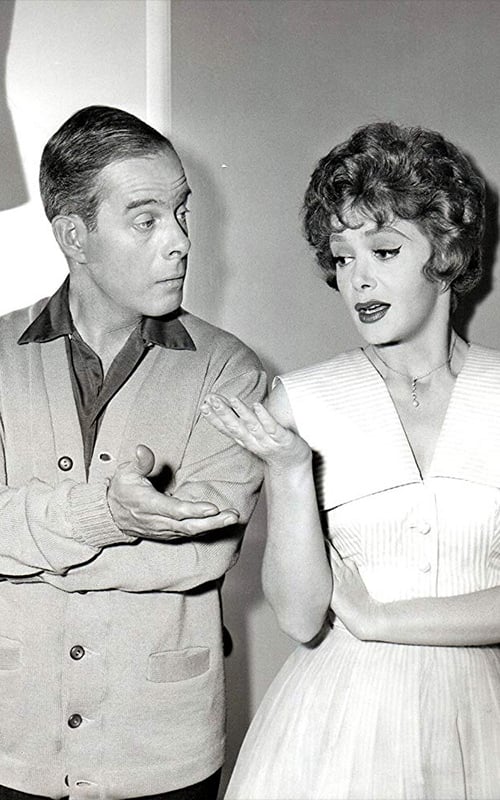
Pete and Gladys
Pete and Gladys is an American situation comedy television series starring Harry Morgan and Cara Williams that aired on CBS on Mondays at 8:00 p.m. Eastern and Pacific time for two seasons, beginning on September 19, 1960. The last episode was broadcast on September 10, 1962.